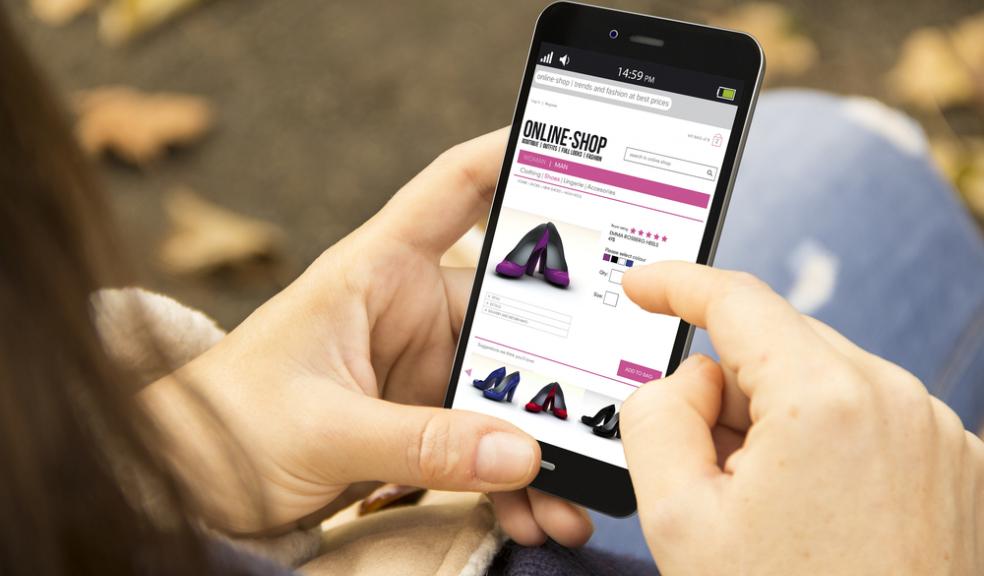
Bargain hunters use technology to find the best price for fashion
A survey of 2,000 consumers by predictive analytics firm, Blue Yonder has discovered that shoppers are becoming increasingly technology savvy in finding the best bargain and has discovered a new trend borne of the millennial age – the strategic online shopper.
Some of the top findings include:
- We spend on average 29 minutes looking for the best bargains on fashion items
- On average shoppers believe you can save 20% by shopping around online
- 85% of respondents try some sort of bargain hunting when shopping, rising to 95% of 16-24 year olds
- Half of shoppers use a price comparison website to find a bargain and 4 in 10 using a voucher code
- The rise of the strategic shopper: Millennials are most likely to wait until a sale is on to make a majority of their purchases however they will use that saving to splash out on the must have fashion items as soon as it is released
The overall results show that we are truly a nation of bargain hunters with only 15% of respondents stating that they do nothing to get the best deal. The favourite way to bag a bargain is to use a price comparison website with just under 50% of respondents using this option, closely followed by voucher codes with 41% of shoppers.
Shoppers are also willing to put the time in when shopping for fashion items in store, spending an average of 29 minutes looking for the best price on branded fashion items with women spending almost 50% more time finding their bargains than men (34 minutes versus 21 minutes). At the extreme, 1 in 7 admit to spending over an hour in-store looking for the best bargain.
However, the much promoted and advertised price-match guarantees have received surprisingly little traction with only 1 in 9 using the guarantees in-store - in fact shoppers are more likely to barter or haggle (14% of respondents) to get a better price than use a price guarantee.
The rise of show-rooming:The survey revealed that show-rooming is becoming common practice across all age brackets, with over two thirds of shoppers admitting they use bricks-and-mortar shops to look at and try on items, only to return home and buy the item cheaper online. Furthermore, 9% admitted to making this purchase while they were still in the store, on their mobiles devices, rising to almost a quarter of 16-24 year olds. Over 55s are behind the curve on this front, only 2.9% have discovered this technique.
A new age of shopping with the millennials: This is not the only statistic to highlight the millennial’s talent for bargain hunting. Those who have grown into adulthood surrounded by the technology are also revealed as the demographic most likely to use vouchers online (60%), use a price comparison website (55%) and will even use a barcode scanning app (10%) in-store to ensure the best price. Furthermore, they divulge that they think they have the most to gain, with 1 in 4 believing they could save over 30% on a purchase price by shopping around.
Other findings are:
- Bartering is on the wane, only 7% of 16-24 year olds have bartered in store versus almost 18% of 55+
- The youngest adult shoppers are willing to wait to restock their wardrobe with 48% of 16-24 year olds waiting until a sale is on to make a purchase compared to only 39% of 55+ (although the least patient demographic is 25-34 with only 31% willing to wait).
- Contrary to that research, for those must-have fashion items, the youngest are willing to splash out as a quarter say they would spend more on fashion items as it turns to spring/summer as opposed to only 3% of 55+.This suggests that young shoppers are more strategic with their limited means, bulking out their wardrobes in the sales and using the savings to splash out on the latest fashion.
- 16-24 year olds believe they are savers at heart, with almost a quarter believing they are stronger savers than any other demographic, however the 55+ demographic is completely out of touch with less than 1% thinking that 16-24 year olds are most likely to save for a big purchase as opposed to buying on credit.
Rakesh Harji, UK MD, Blue Yonder says: “This is proof that mobile phones and ubiquitous internet access is truly changing the shopping experience with retailer’s sales literally being taken from under their noses. It also demonstrates that millennials are far from frivolous with their money, they are careful to seek out the best deal, and they prefer to be less confrontational in their retail experience, making their savings online rather than through a physical conversation with a retailer.
Rakesh continues, “It shows that the younger generations – growing up in the age of Ebay and Amazon, are more strategic in how they shop than previous generations. What they are willing to pay is the new standard in pricing. It highlights the importance of optimising your online pricing and continuously analysing your customer behaviour and the competition to remain a player in the market.”
“For retailers price is key, and the rise of show-rooming and the chance they could lose out on a sale to a competitor even while a customer is still in their store means that a relook at pricing strategies is critical to the survival of brands. There are technology options open to retailers to ensure they get their pricing strategy right, which use data to predict the optimum price for individual items at a specific time. Those that harness the power of digital, much like the consumer, will thrive.”
The research was conducted by Censuswide, with 2,000 respondents aged 16+ in GB between 18-23 June. The survey was conducted from a random sample of UK adults. Censuswide abide by and employ members of the Market Research Society which is based on the ESOMAR principles.











